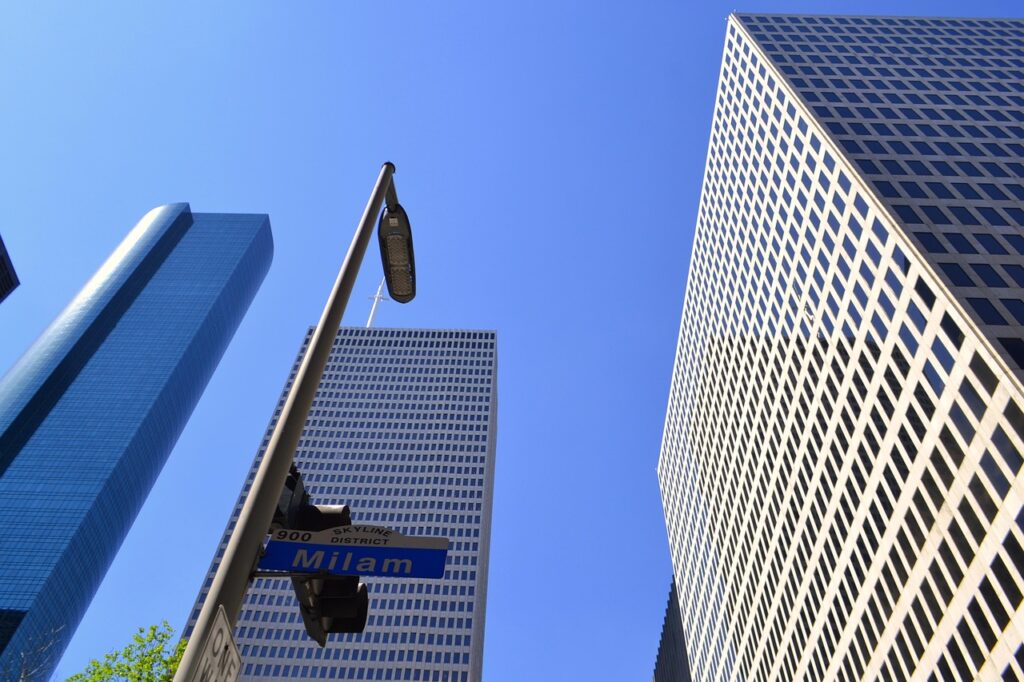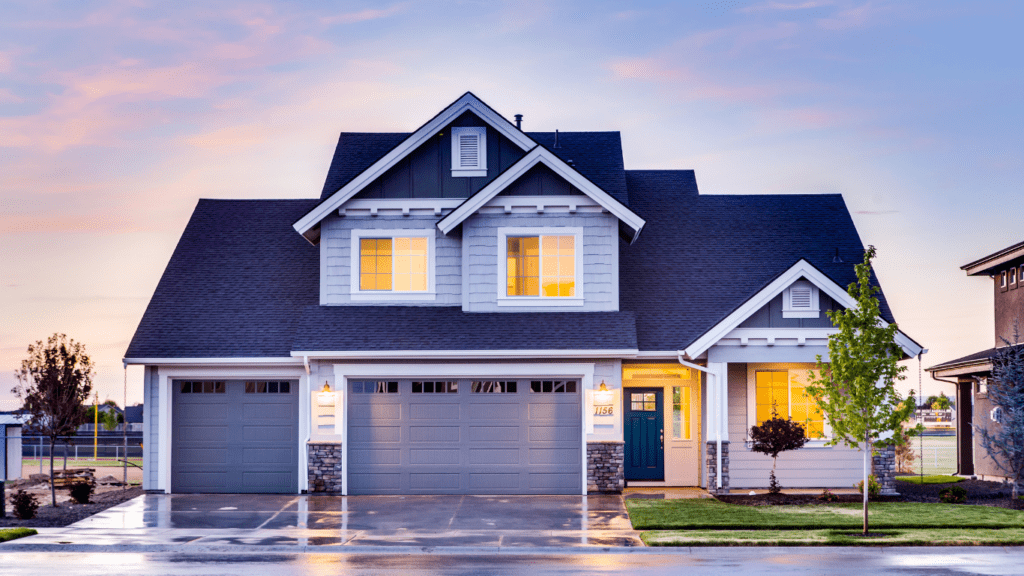The Concept of Eco-Friendly Luxury Real Estate
The concept of eco-friendly luxury real estate merges opulence with sustainability. High-end homes now incorporate green technologies and materials, such as reclaimed wood, geothermal heating, and low-VOC paints. These homes prioritize energy efficiency and minimal environmental impact, often featuring solar panels, rainwater harvesting systems, and advanced insulation.
Design elements in eco-friendly luxury properties focus on both aesthetics and sustainability. Floor-to-ceiling windows reduce the need for artificial lighting by maximizing natural light. Green roofs and walls improve insulation, reduce urban heat, and can even support local biodiversity by providing habitats for various species.
Builders and developers emphasize sustainability at every stage, from construction to daily operation. Sustainable sourcing of materials minimizes the carbon footprint associated with transportation. Smart home systems optimize energy use by automatically adjusting heating, cooling, and lighting based on occupancy and time of day.
Affluent buyers view eco-friendly luxury real estate as an investment in their health and well-being. The improved air quality and use of non-toxic materials enhance indoor living conditions. Moreover, these homes often come with features that encourage an active lifestyle, like bike storage, fitness areas, and proximity to green spaces.
In the market for luxury properties, sustainability adds a unique selling point. Eco-friendly homes often command higher resale values, appealing to a growing demographic that prioritizes environmental responsibility. Developers recognize this trend and continue to innovate, integrating cutting-edge green technologies that set new standards in luxury living.
Key Features of Eco-Friendly Luxury Properties
Eco-friendly luxury properties combine sophisticated design with sustainable practices. They focus on conserving resources and promoting a healthier lifestyle.
Sustainable Building Materials
Eco-friendly luxury properties often use sustainable building materials such as reclaimed wood, bamboo, and recycled metal. Reclaimed wood provides a rustic yet elegant look, while bamboo offers durability and a modern aesthetic. Recycled metal is utilized for both structural elements and decorative features, reducing the need for new resources. Builders source these materials locally to minimize transportation emissions and support local economies.
Energy-Efficient Technologies
Energy efficiency is a hallmark of eco-friendly luxury properties. High-performance solar panels and efficient HVAC systems reduce energy consumption. Smart home systems further enhance efficiency by automating lighting, temperature control, and appliance usage. LED lighting, which lasts longer and uses less power, is a standard feature. Superior insulation materials and double-glazed windows optimize thermal performance, reducing the need for excessive heating or cooling.
Water Conservation Systems
Water conservation is integral in eco-friendly luxury properties. Rainwater harvesting systems collect and store rainwater for irrigation and non-potable uses. Low-flow fixtures, including faucets and showerheads, significantly reduce water usage without compromising on comfort. Properties often feature gray water recycling systems, which treat and reuse wastewater for landscape irrigation. These systems ensure that every drop of water is used efficiently, contributing to sustainable living.
Benefits of Eco-Friendly Luxury Real Estate

Eco-friendly luxury real estate offers numerous perks, appealing to conscientious buyers.
Environmental Impact
Eco-friendly luxury real estate significantly reduces carbon footprints. Properties feature energy-efficient systems, such as solar panels and geothermal heating, which slash energy consumption. Materials like reclaimed wood and recycled metal minimize resource depletion. Green roofs enhance insulation and support biodiversity, improving urban air quality. According to the U.S. Green Building Council, green homes can lower energy consumption by 30-60%.
Health and Wellness
Eco-friendly homes foster healthier living environments. Building materials free from toxic chemicals improve indoor air quality. Energy-efficient HVAC systems maintain optimal indoor climates, reducing allergens and pollutants. Features like large windows provide natural light, boosting mood and productivity. Wellness amenities, such as onsite fitness rooms and outdoor spaces, promote active lifestyles.
Economic Advantages
Eco-friendly luxury properties often command higher resale values. Sustainable features reduce utility bills, lowering long-term ownership costs. Smart home technologies optimize energy usage, resulting in further savings. Deloitte reports that green buildings can reduce operating costs by 8-9% within the first year. These economic benefits make eco-friendly homes appealing investments.
Market Trends and Consumer Demand
Eco-friendly luxury real estate has seen a surge in interest as more affluent buyers look for sustainable, high-end properties. This has sparked significant market shifts driven by various factors.
Drivers of Market Growth
Several key factors are fueling the growth of eco-friendly luxury properties:
- Environmental Awareness: Heightened awareness of climate change has led many affluent buyers to prefer homes with green technologies. Sustainable features, such as solar panels and energy-efficient heating, align with their values.
- Health and Wellness: Consumers are increasingly prioritizing their health. Homes utilizing non-toxic materials and offering amenities like air purifiers and green spaces meet this demand.
- Economic Benefits: Although the upfront cost may be higher, eco-friendly homes reduce utility bills and maintenance costs, making them a sound long-term investment. Higher resale values also attract buyers.
- Regulations and Incentives: Government incentives for energy-efficient homes and stricter building regulations are encouraging the development of sustainable luxury properties.
Popular Locations
Certain locations have become hotspots for eco-friendly luxury real estate, each offering unique advantages:
- California: Known for its progressive environmental policies, California is a leader in sustainable luxury real estate. Cities like Los Angeles and San Francisco feature many high-end, eco-friendly properties.
- New York: In dense urban areas like New York City, green buildings are gaining popularity. Developers are incorporating green roofs and efficient systems to appeal to eco-conscious buyers.
- Florida: With its sunny climate, Florida is ideal for homes with solar energy systems. Luxury properties in Miami and Palm Beach offer a mix of opulence and sustainability.
- Europe: Countries like Sweden and Germany are also seeing a rise in eco-friendly luxury homes. Cutting-edge green technologies and sustainable construction methods are redefining upscale living in these regions.
Eco-friendly luxury real estate continues to evolve, pushed by both consumer demand for sustainable living and the financial benefits that these properties offer.
Case Studies of Notable Eco-Friendly Luxury Properties
This section highlights some significant eco-friendly luxury properties that showcase innovative green technologies and practices, making them stand out as industry leaders.
Residential Developments
- The Heights – London, UK
The Heights integrates sustainable building materials and cutting-edge green technologies. Solar panels power this residential project, reducing energy costs by around 40%. Floor-to-ceiling windows enhance daylighting, aided by green roofs that improve insulation and support biodiversity.
- 47 Great Jones – New York, USA
47 Great Jones emphasizes energy efficiency through triple-glazed windows and advanced HVAC systems. Rainwater harvesting provides water for landscaping, while geothermal heating offers efficient temperature regulation. The property features non-toxic paints and reclaimed wood, ensuring minimal environmental impact.
- One Central Park – Sydney, Australia
One Central Park stands out with its vertical gardens spanning 1,120 square meters. These gardens improve air quality and provide thermal insulation. Hydronic heating, powered by a central plant, reduces reliance on external energy sources. Water recycling systems efficiently use gray water for irrigation.
Commercial Projects
- The Edge – Amsterdam, Netherlands
The Edge is a benchmark in commercial eco-friendly properties. Powered entirely by renewable energy, it’s equipped with over 28,000 sensors optimizing energy use. The building uses innovative water conservation systems, including gray water recycling and rainwater harvesting.
- Apple Park – Cupertino, USA
Apple Park is renowned for its sustainable design. The structure uses recycled materials, and the energy comes from 100% renewable sources, including solar panels producing up to 17 MW. The site features an on-campus orchard and meadows, promoting biodiversity and providing outdoor workspace.
- The Bullitt Center – Seattle, USA
The Bullitt Center operates as one of the greenest commercial properties globally. Solar panels generate more energy than the building consumes. Composting toilets, rainwater harvesting, and gray water treatment systems support water conservation efforts, making it a “Living Building” certification holder.
These case studies demonstrate how modern architecture incorporates sustainability into luxury real estate, transforming market expectations and setting benchmarks for future developments.
Challenges and Future Outlook
Eco-friendly luxury real estate is gaining momentum, but hurdles still exist.
Barriers to Adoption
High Costs: Upfront costs for green technologies (solar panels, geothermal heating) remain significant, making initial investments steep for developers.
Sustainable Materials: Sourcing eco-friendly materials (bamboo, recycled metal) often involves higher expenses and logistical challenges, impacting project budgets.
Regulatory Variability: Inconsistent government regulations and incentives across regions (California, Florida) create uncertainty, deterring widespread adoption.
Limited Awareness: Some affluent buyers lack awareness or understanding of green technologies, leading to slower market penetration.
Complex Retrofits: Updating older luxury homes to meet eco-friendly standards can be technically challenging and resource-intensive, reducing the appeal for some developers and owners.
Innovations on the Horizon
Advanced Battery Storage: Innovations in energy storage (Tesla Powerwall, SonnenBatterie) are improving, allowing homes to store surplus solar energy more effectively and use it efficiently.
Smart Water Systems: New intelligent water management systems (gray water recycling, smart irrigation) are emerging, enhancing water conservation efforts in luxury properties.
Sustainable Materials: Cutting-edge materials (self-healing concrete, bioplastics) are becoming more accessible, reducing building costs and environmental impacts.
Net-Zero Construction: Trends toward net-zero energy homes (homes that produce as much energy as they consume) are gaining traction, with projects like ZEDlife showcasing feasible models.
Green Financing: Financial innovations (green mortgages, sustainability-linked loans) provide incentives and reduce barriers for buyers and developers investing in eco-friendly luxury real estate.
These advancements pave the way for a more sustainable future in high-end real estate, addressing existing challenges and driving further adoption.
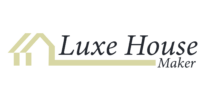
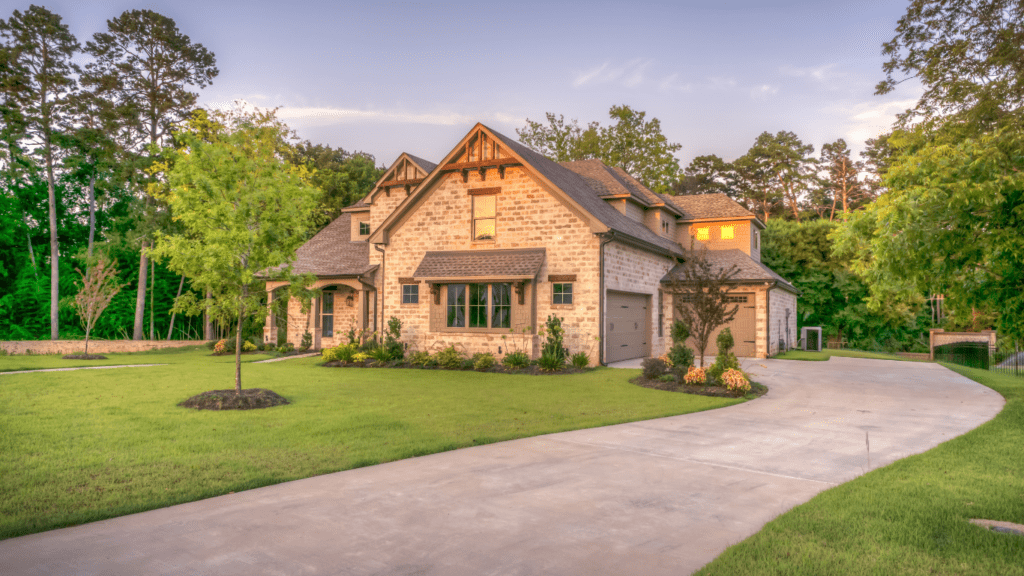
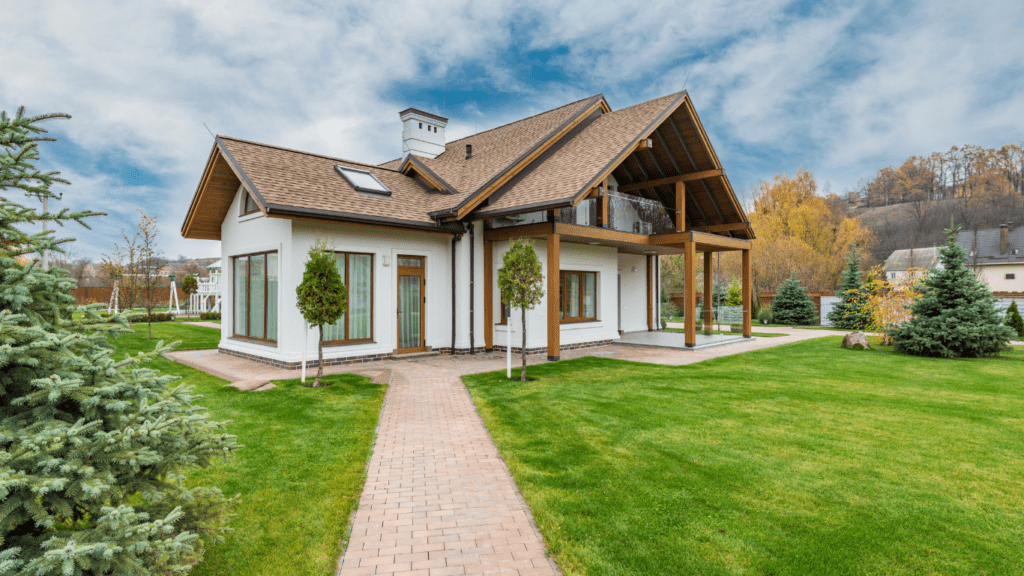
 Smart Home Technology Consultant
Meagan Kanedooray serves as Luxe House Maker’s smart home technology consultant, with extensive experience in integrating advanced tech into luxury homes. Specializing in home automation, security systems, and energy-efficient solutions, Meagan helps readers transform their living spaces into seamless, tech-enabled environments. Her expertise in cutting-edge technologies ensures that Luxe House Maker’s audience stays informed about the latest innovations that enhance convenience, safety, and sustainability in luxury living. Meagan’s deep understanding of smart home trends makes her an invaluable resource for those looking to elevate their homes with the latest advancements in technology.
Smart Home Technology Consultant
Meagan Kanedooray serves as Luxe House Maker’s smart home technology consultant, with extensive experience in integrating advanced tech into luxury homes. Specializing in home automation, security systems, and energy-efficient solutions, Meagan helps readers transform their living spaces into seamless, tech-enabled environments. Her expertise in cutting-edge technologies ensures that Luxe House Maker’s audience stays informed about the latest innovations that enhance convenience, safety, and sustainability in luxury living. Meagan’s deep understanding of smart home trends makes her an invaluable resource for those looking to elevate their homes with the latest advancements in technology.